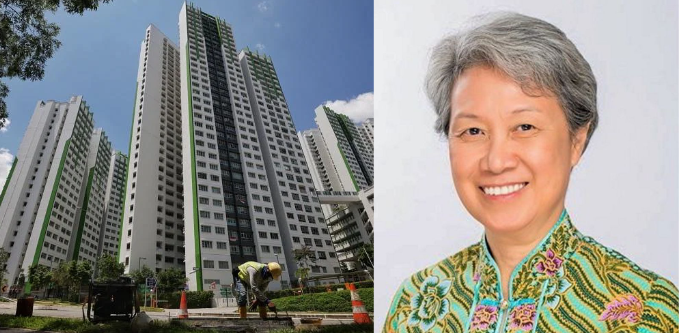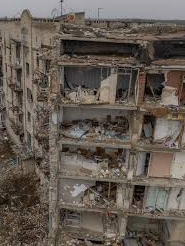Ho Ching offers her perspective on valuing HDB flats and their long-term affordability for Singaporeans.
Ho Ching, the chairman of Temasek Trust, recently shared her views on Housing & Development Board (HDB) flats through a detailed Facebook post on December 13, addressing their value, affordability, and long-term function in Singapore. She provided a fresh perspective on how the purchase of an HDB flat should be understood, suggesting that it is similar to making a lump sum payment for rent that will remain unaffected by future inflation. This approach could help stabilise housing costs for residents over the long term.
In her post, Ho Ching presented a framework to understand how HDB flats are valued and why land in Singapore continues to appreciate. She discussed three key points: the role of land as a resource tied to national reserves, how land value is assessed, and why land remains a valuable asset that can appreciate over time. Here’s a summary of her thesis:
Land as a Resource Linked to Reserves
Ho described land in Singapore as a “common heritage” that must be sold at fair market value, with the proceeds being contributed to the nation’s past reserves. These reserves, she explained, can then be used to fund long-term projects such as land reclamation. By framing land as a backing for reserves, Ho highlighted that Singapore’s prosperity relies on sustainable management of its land assets, as the country has no natural resources.
Valuation of Land
According to Ho, the value of land in Singapore has steadily increased over the years due to continuous investment and its functional use. The value of land, she explained, is directly linked to what is done with it. Investments in infrastructure, alongside the intangible benefits of a stable legal system, create long-term value. Ho stressed that land continues to appreciate because of the trust people have in the country’s governance and the ongoing investments in its infrastructure.
Why Singapore’s Land Value Continues to Appreciate
Land, as an asset, has the potential to lose value if it is poorly managed, as Ho pointed out. She warned that land value would plummet if Singapore were not well governed, suggesting it could become a “junk bond country.” However, with continued investment in infrastructure, stability, and security, land values would increase. Ho underscored that land value reflects the cumulative efforts of both the government and citizens to invest in the country’s long-term well-being.
Thinking of HDB Flats as Paying Rent in Advance
Ho concluded her post by proposing a shift in how HDB flats are perceived. Rather than seeing the flat as a purchase of property, she argued that it could be viewed as making a long-term commitment to rent payments that won’t be impacted by inflation. For instance, she compared the purchase of a flat to a lump sum equivalent to paying rent over decades. Ho cited the example of a S$360,000 flat with 60 years left on its lease, which would equate to a monthly rent of S$500 over 720 months. In contrast, a flat with a 99-year lease would be like paying S$300 in rent per month over 1,188 months, in today’s terms. This perspective, Ho suggested, could help make housing more affordable and predictable for future generations.
Ho also highlighted that this model would provide flexibility for retirees, who might be able to sell their homes or downgrade to smaller units to unlock their residual value. This approach, she suggested, could make HDB flats a more adaptable and valuable asset for residents over time.
Reimagining HDB Housing for Future Generations
Ho ended her post by posing the question of how HDB could rethink its approach to public housing. She suggested that HDB consider designing larger flats to accommodate multi-generational families and create communities that thrive over time. Instead of just building residential units, she envisioned towns that evolve with the needs of families, adjusting amenities and layouts as residents age and grow. Ho proposed planning every 15 to 30 years to ensure that new generations of families could continue to thrive in these communities.
In conclusion, Ho Ching’s thoughtful insights provide a new lens through which to consider Singapore’s public housing policies and the long-term value of land in the city-state.








